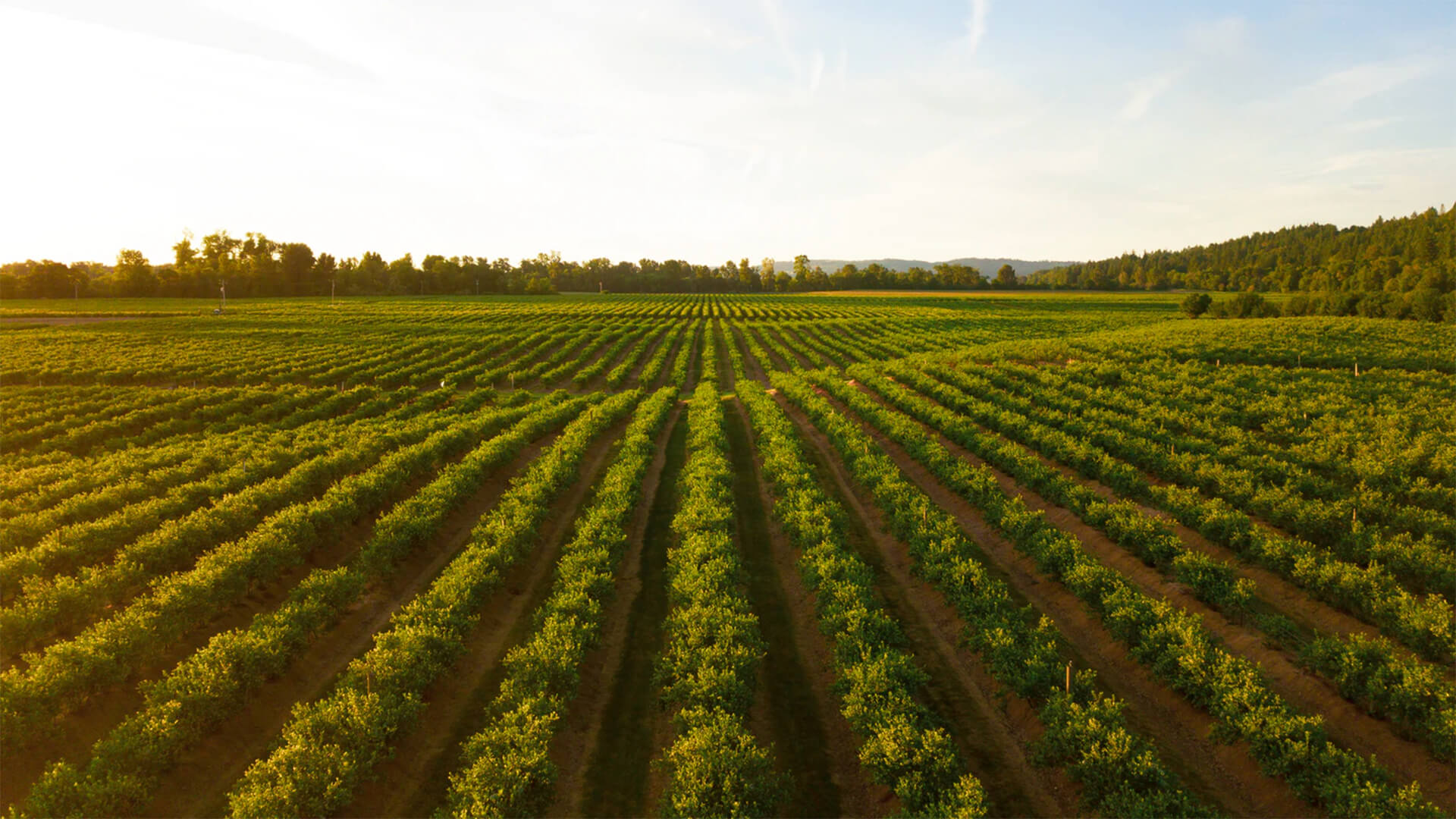Yowzas! That’s a lot of food! The United States is by far the world’s largest agricultural producer and exporter. For America’s food supply system to truly break down in the age of coronavirus, a whoooooole lot of things would need to go wrong.

But that is not the same thing as saying there are not challenges.
Consider bacon.
Everyone loves bacon. Even (especially?) vegans secretly lust for it. But we don’t have it every day at home – or even every week. Yet when we eat out we are far more likely toss some down. Wrapped around a jalapeno, on top of a burger, sprinkled over a salad, and on and on. The products we consume are appropriate to our culture, and the American food industry excels at matching foods to settings. What coronavirus has taken from us is some of our settings.
Restaurant sales in most locations were down 70% the day before the stay-at-home orders snapped into place. So now America has a bacon surplus. But it could simultaneously have a pork chop shortage, because we are more likely to eat that particular cut of meat at home.
This sort of product mismatch is only one of a half dozen factors causing tightness in our food supplies. Also in play are labor structure, product gaps, trucking vulnerabilities, industrial packaging and meat processing. Join us April 20 for the fourth in our series of coronavirus-themed videoconferences to hear Peter Zeihan break down the threats to American food security.
Future planned invents include:
- Transport and Supply Chains
- Manufacturing
- Industrial Commodities








